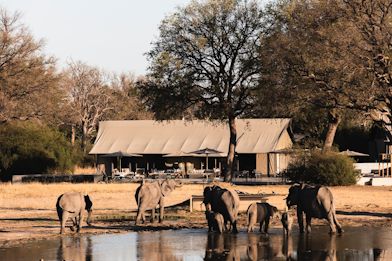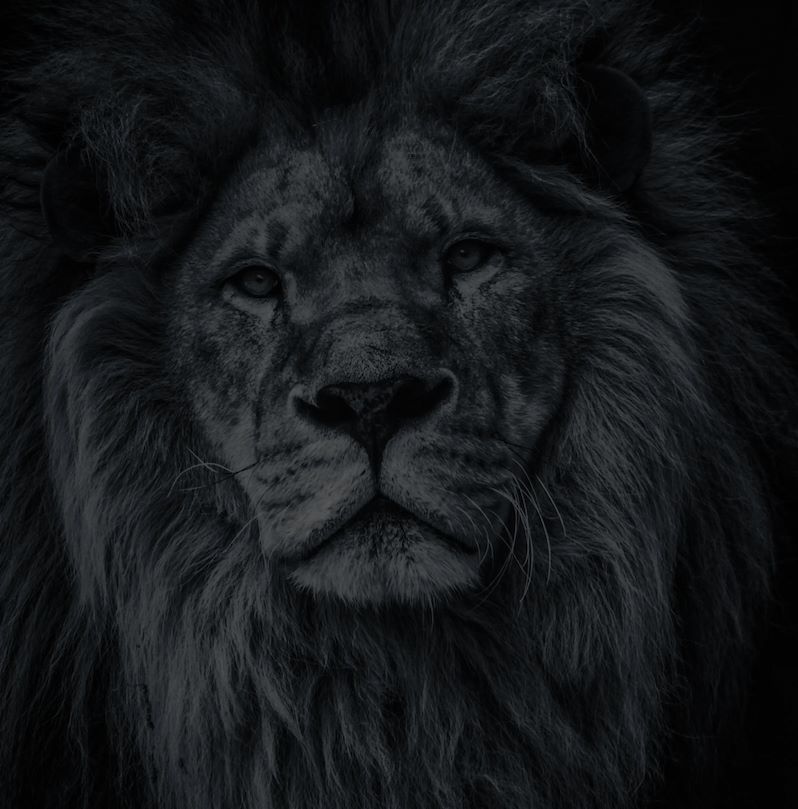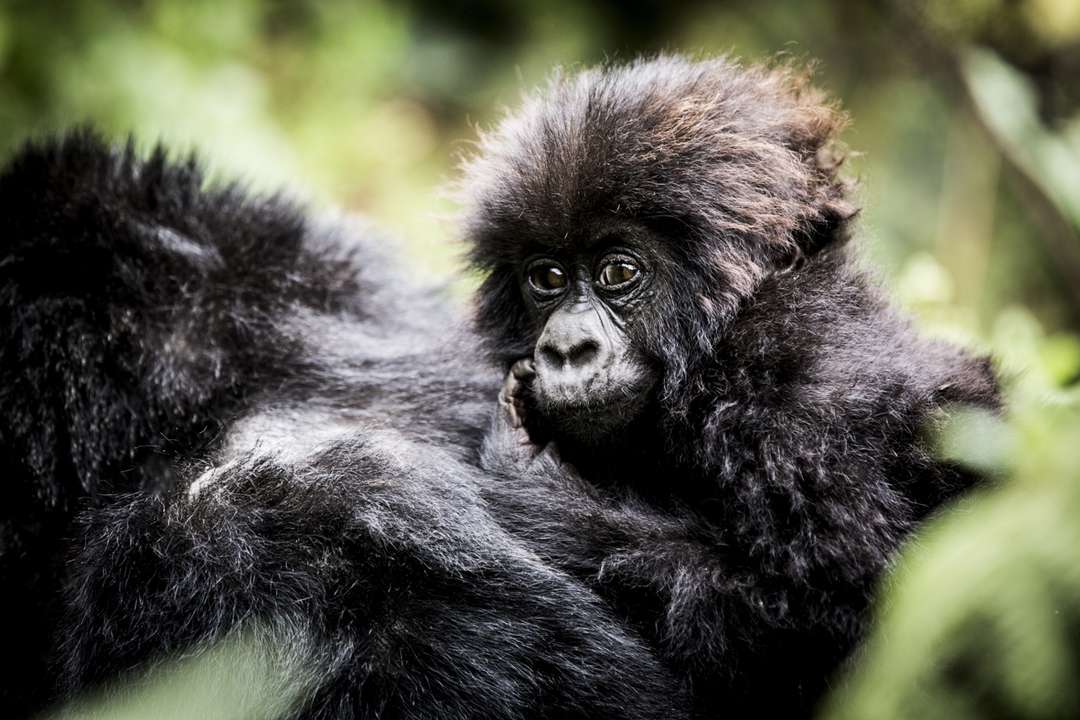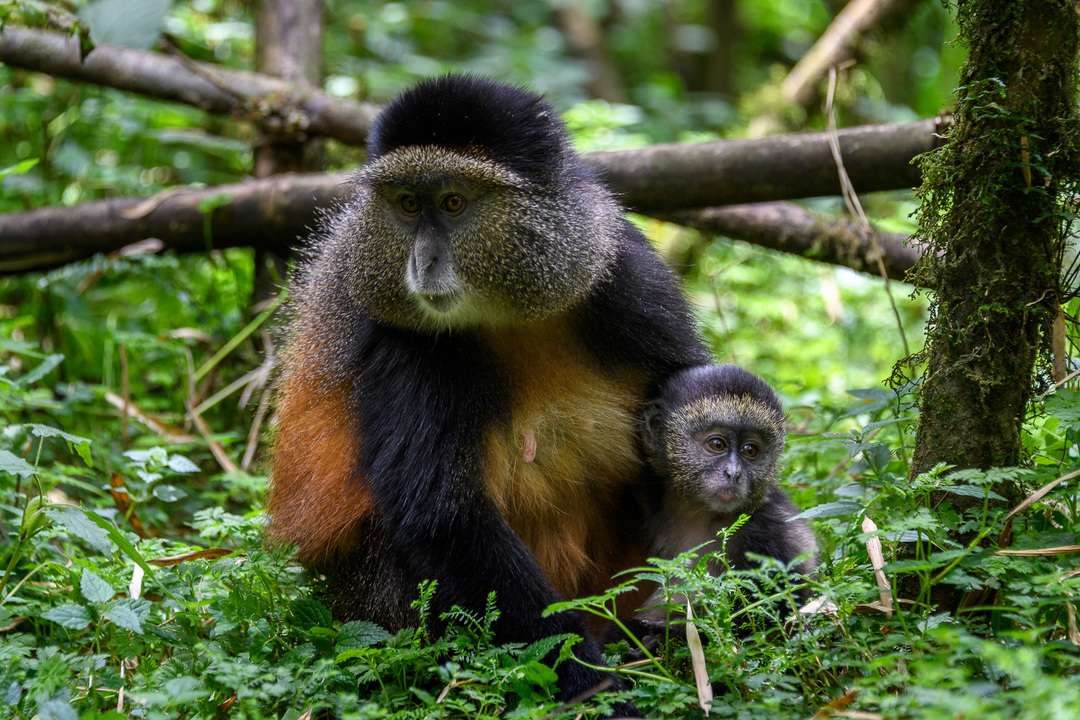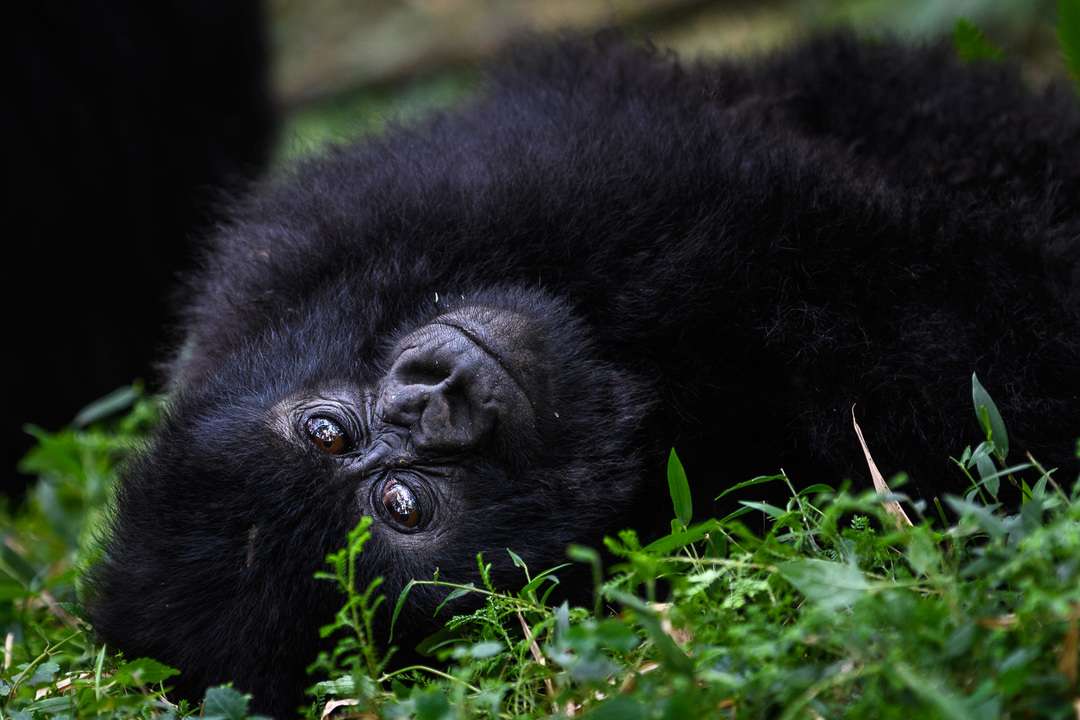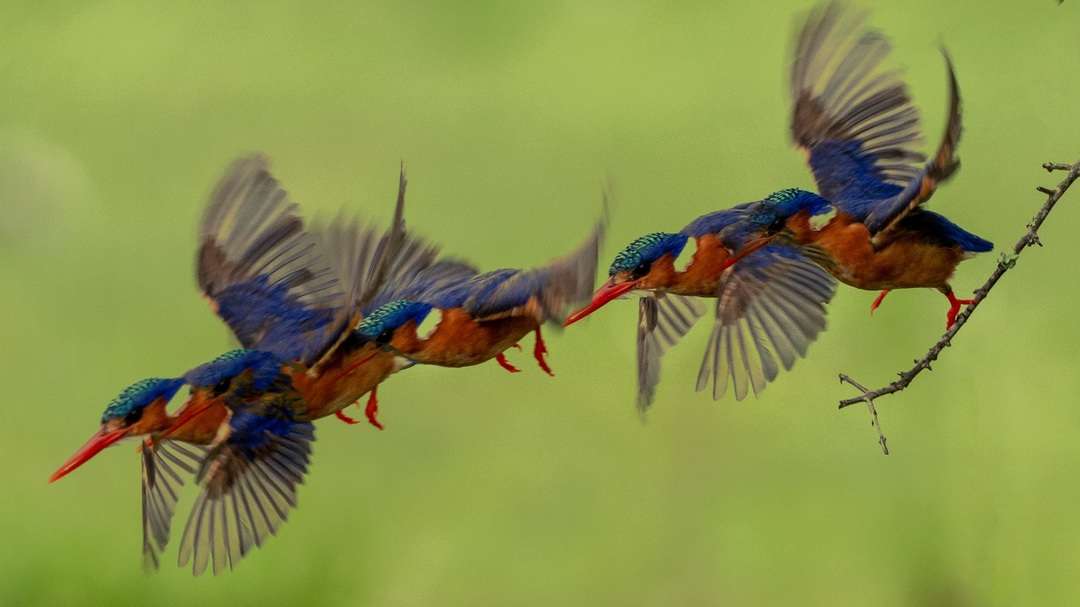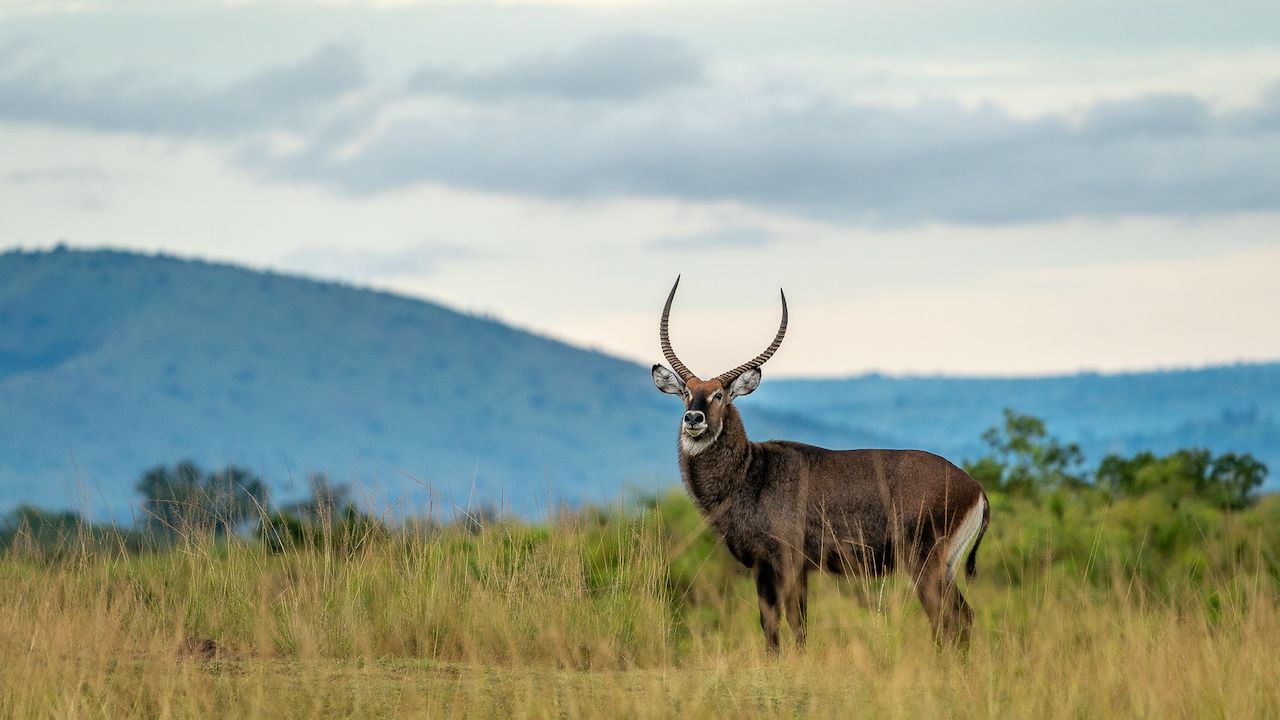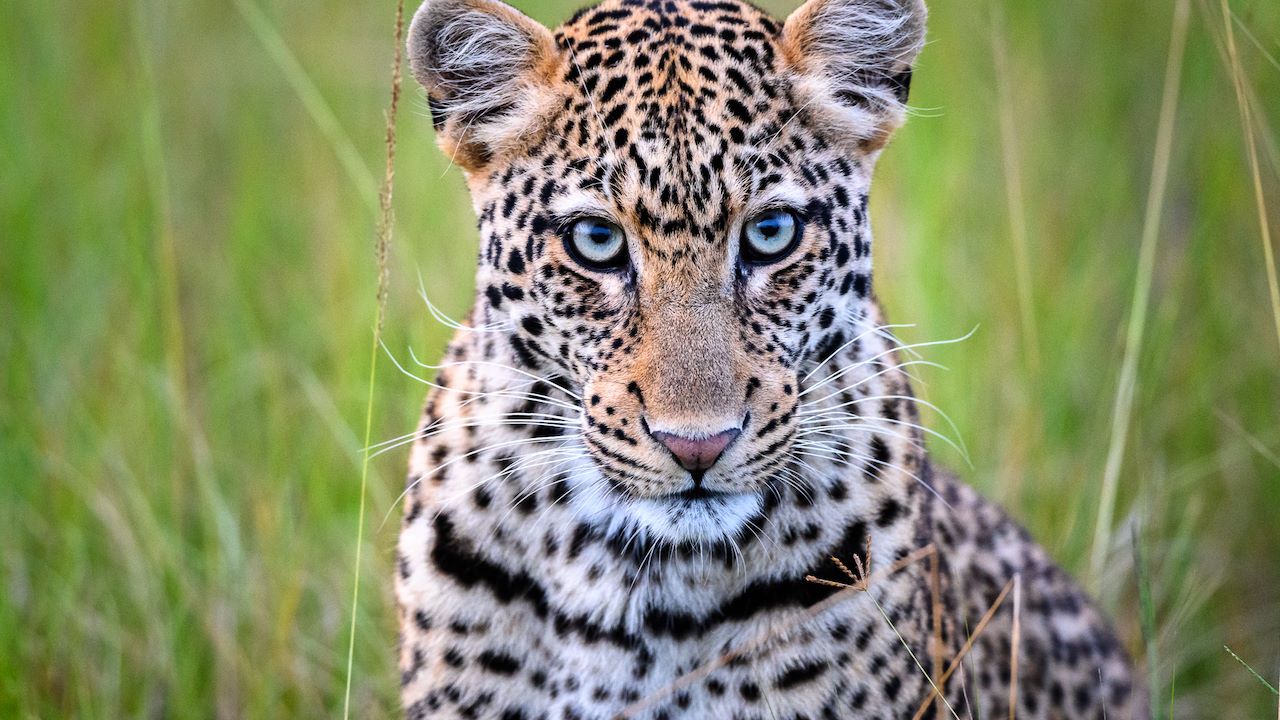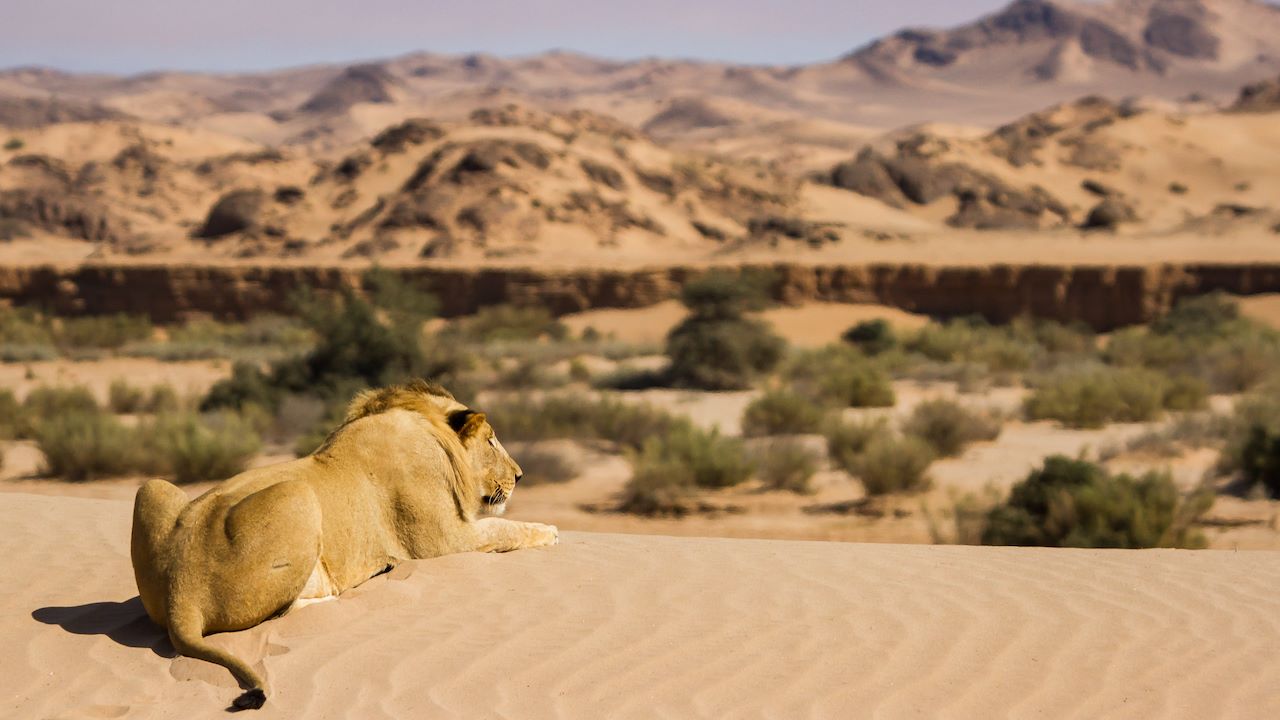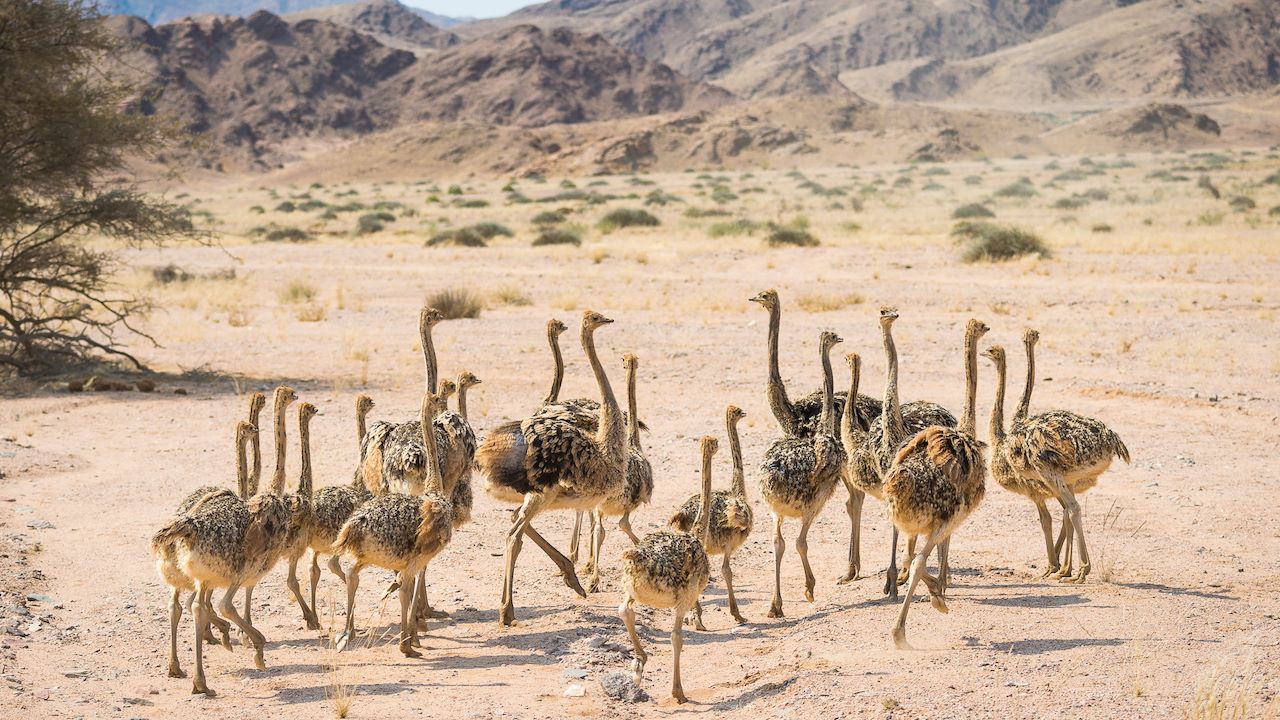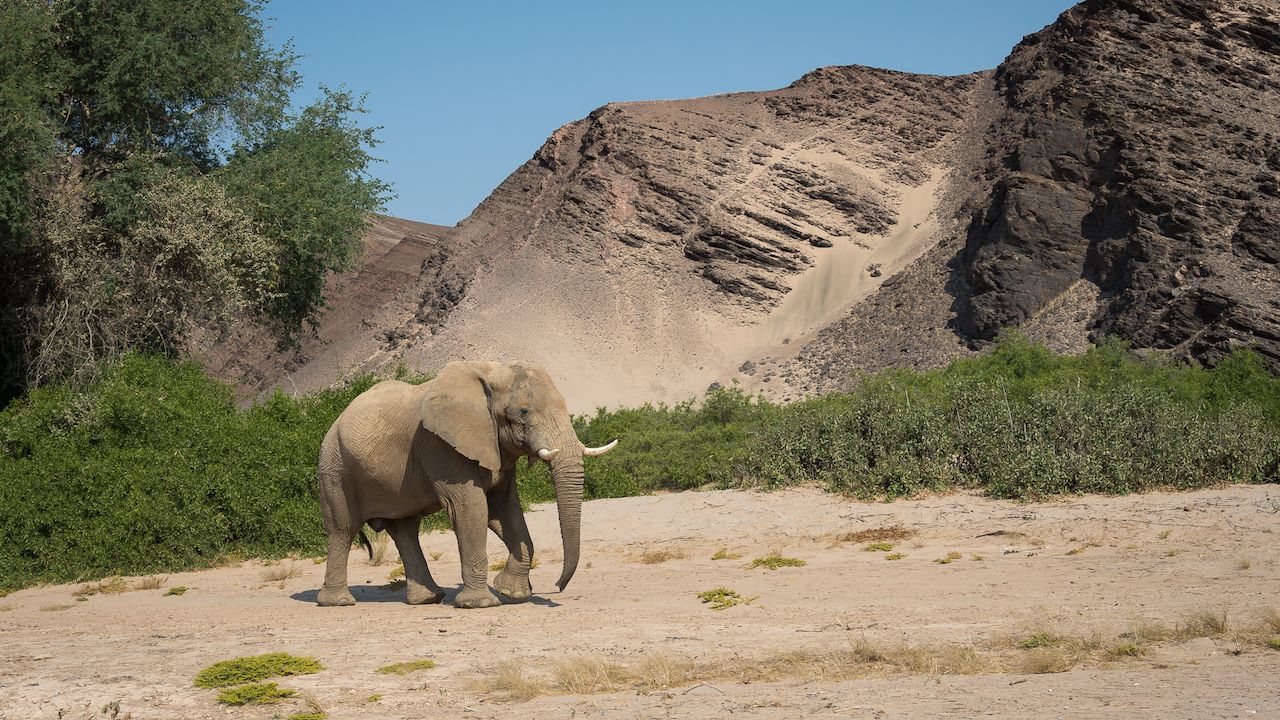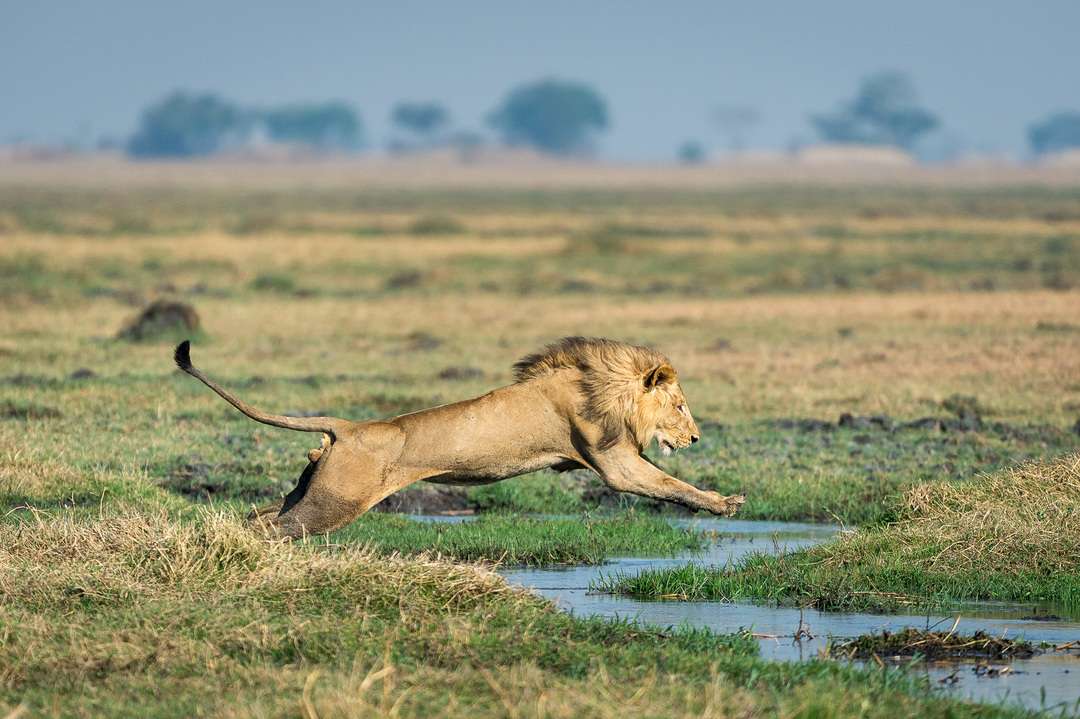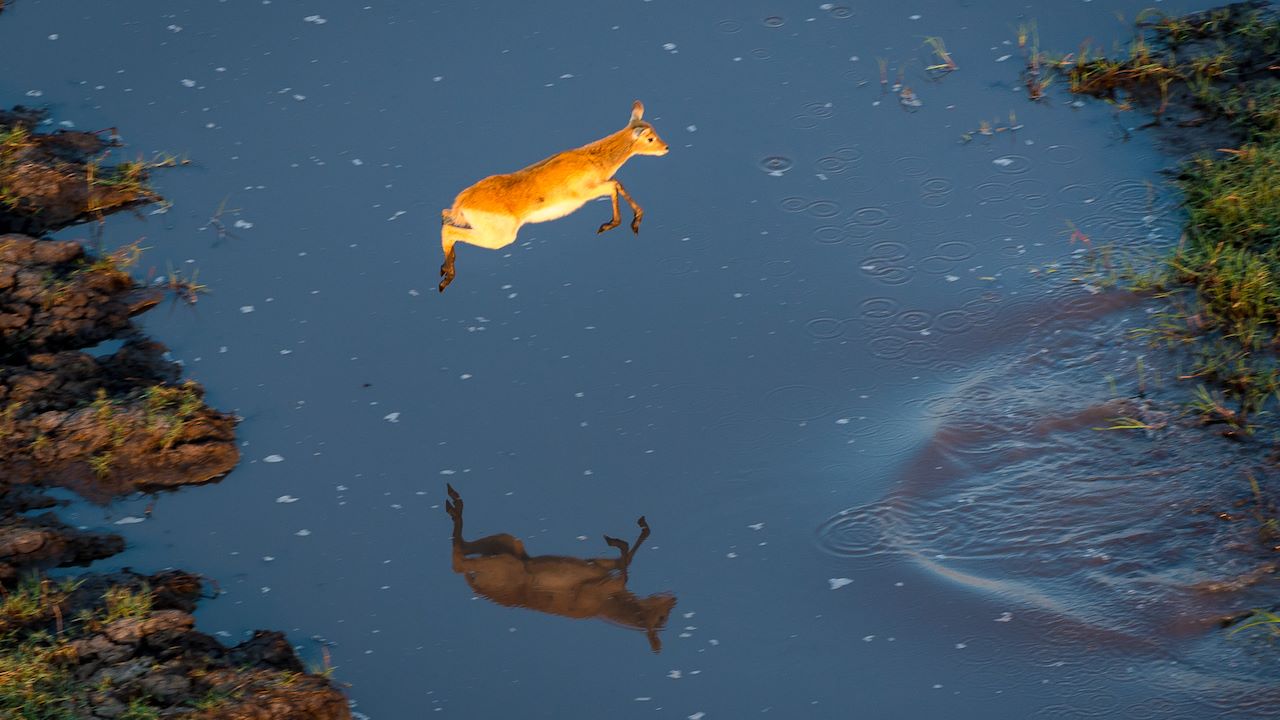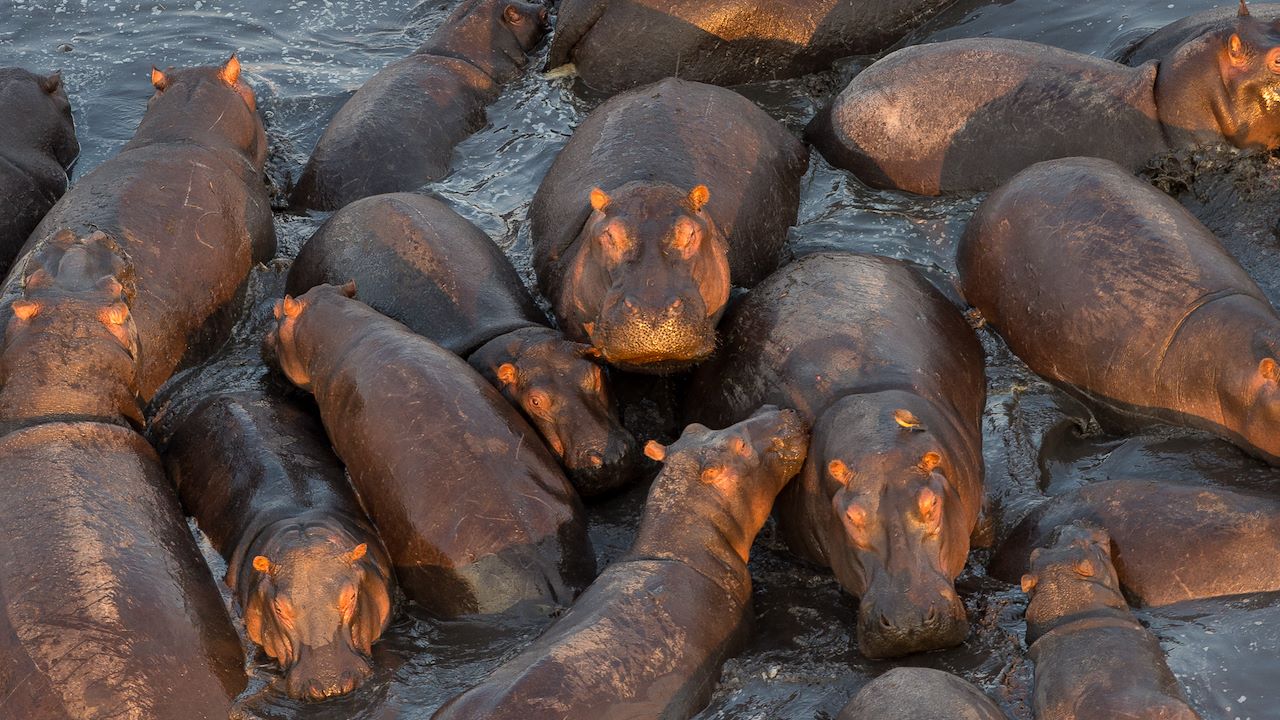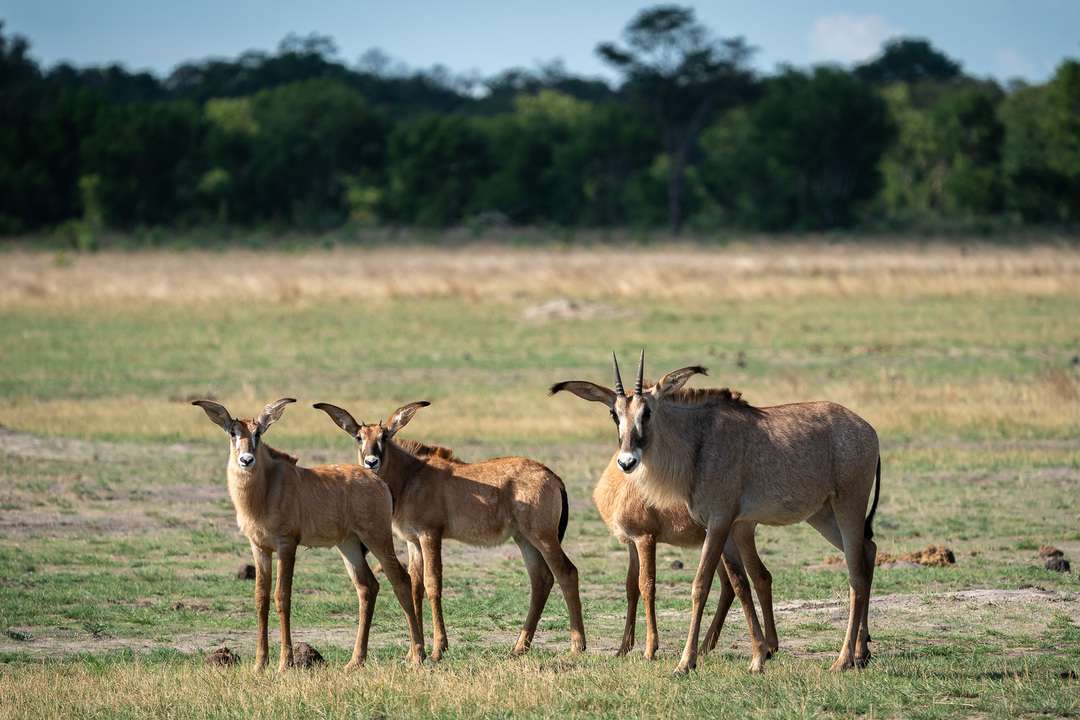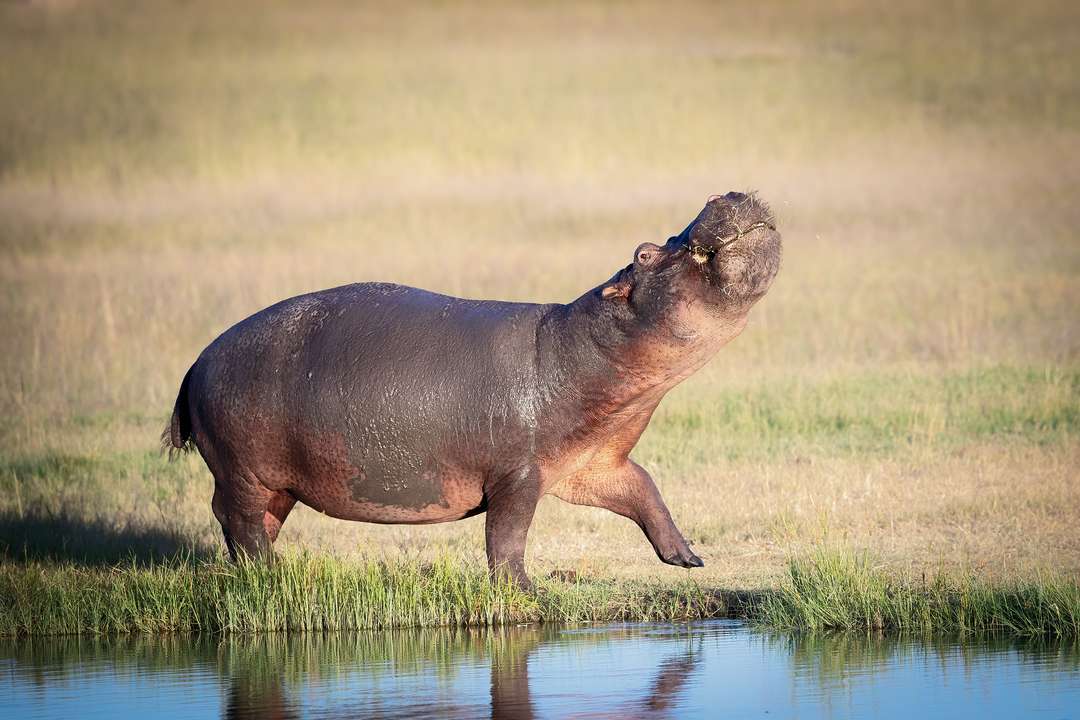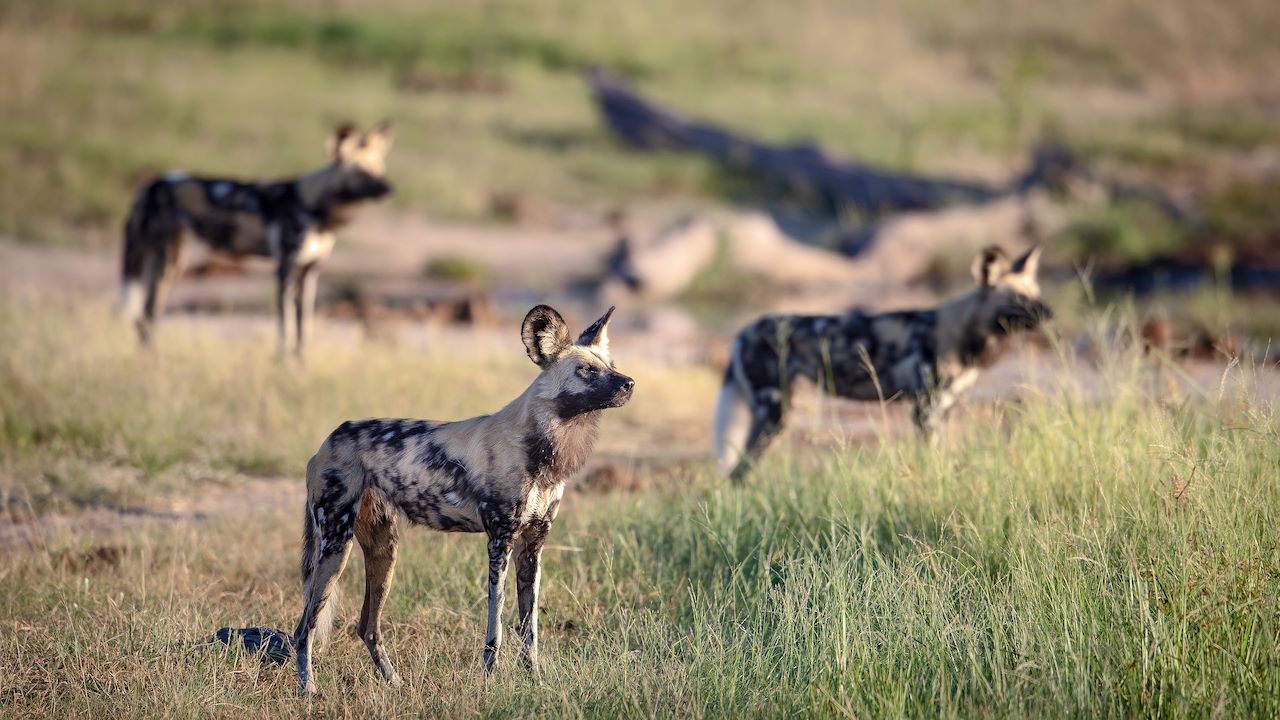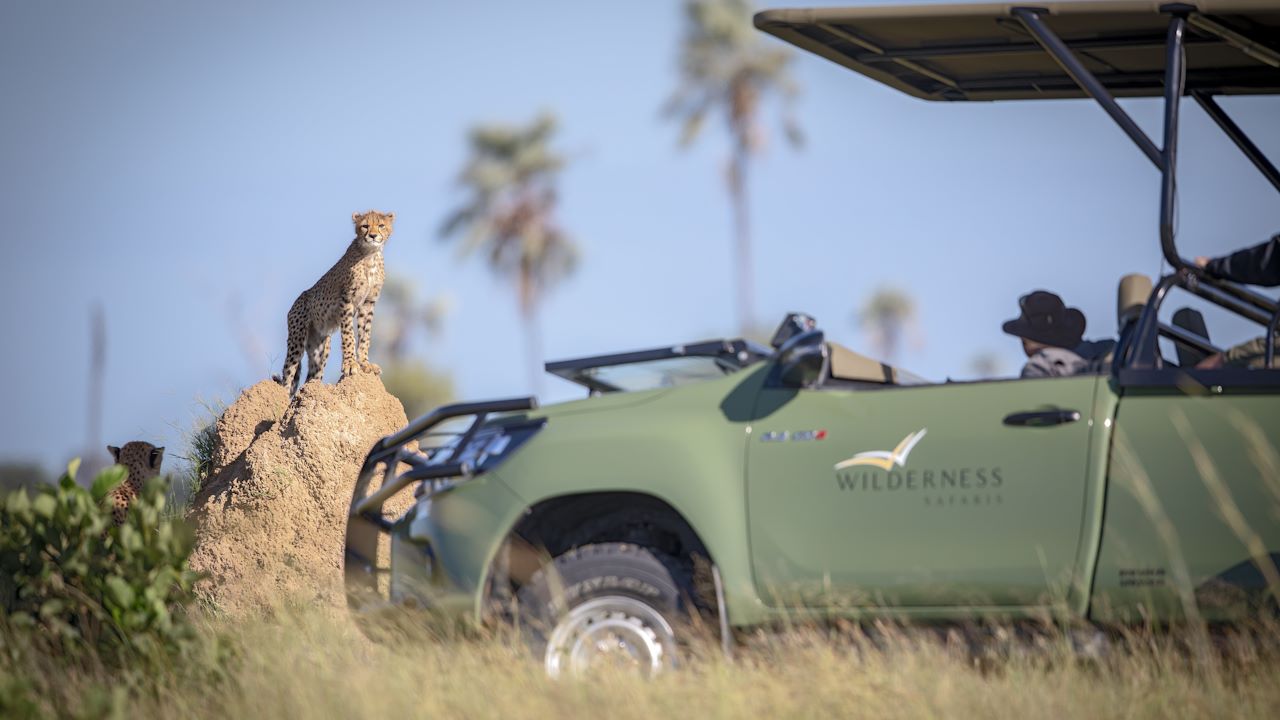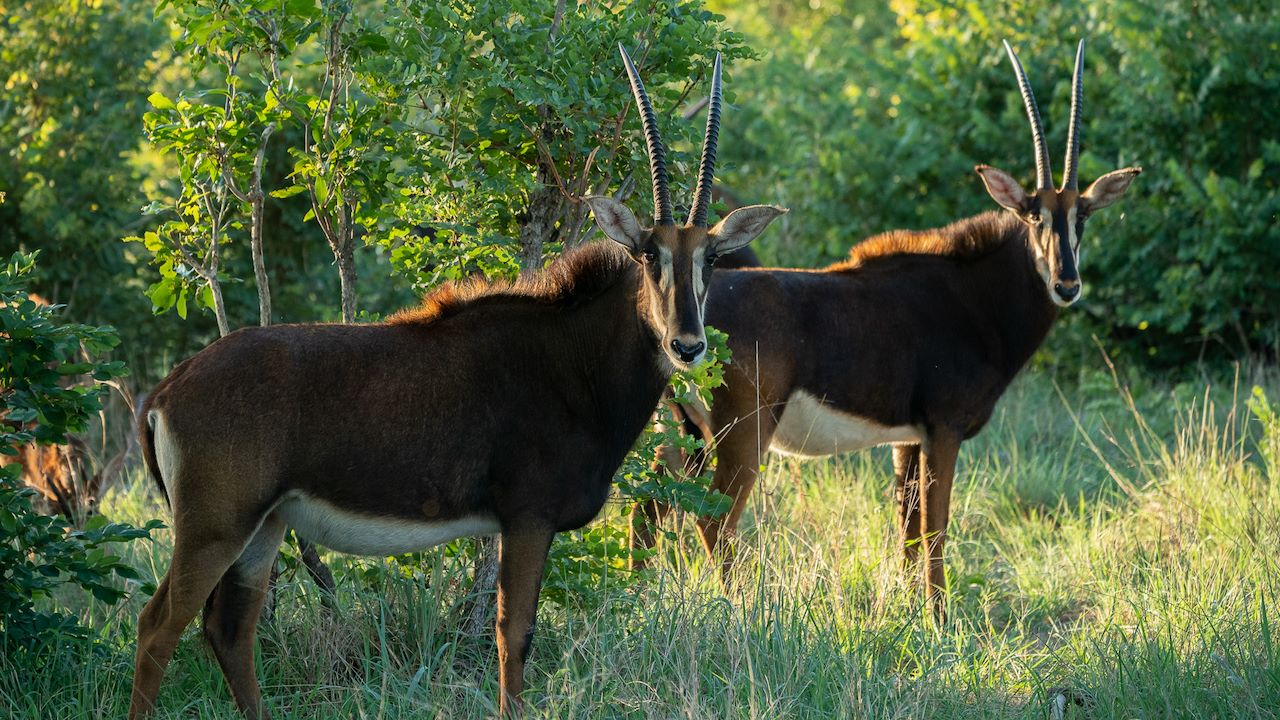Botswana: Paradise Found
Situated in the centre of southern Africa, landlocked Botswana has Namibia, South Africa, Zambia and Zimbabwe as its neighbours. With the exception of the eastern part of the country where the summer rainfall is slightly higher, the Kalahari Desert forms the majority of Botswana. This predominance of arid land makes for a remarkable phenomenon: The Okavango Delta is a wondrous wetland within this desert, receiving its waters from rain falling over a thousand kilometres away, and sustaining a huge diversity of fauna and flora. In the north-east of the country, the Chobe and Linyanti reserves are renowned for their predators and large concentrations of game.
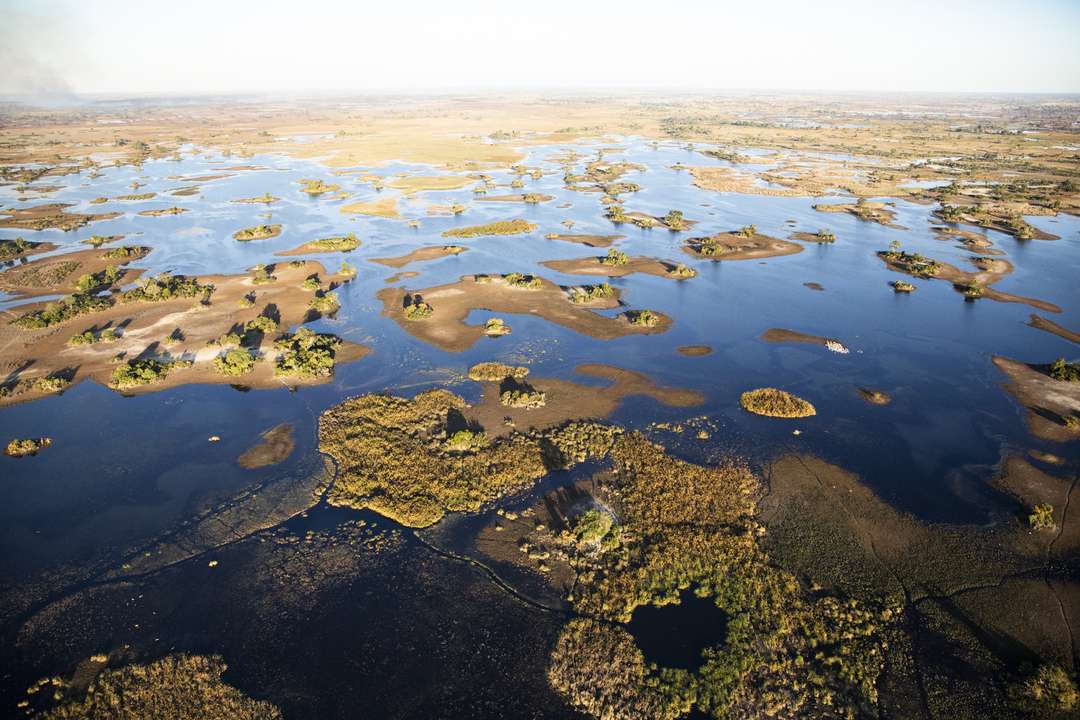
Wilderness protects more than 2.3 million hectares across eight African biomes, home to more than 1000 birds, 250 mammal, 200 reptile and 50 amphibian species – including 33 IUCN Red List species
With such a diversity and density of wildlife, game viewing is excellent throughout the year. One of the ‘Botswana birding specials’ to seek out is the elusive Pel’s fishing-owl. This ginger-hued bird is found most predominately along the waterways of the Okavango Delta, usually spotted during mokoro or boat rides.
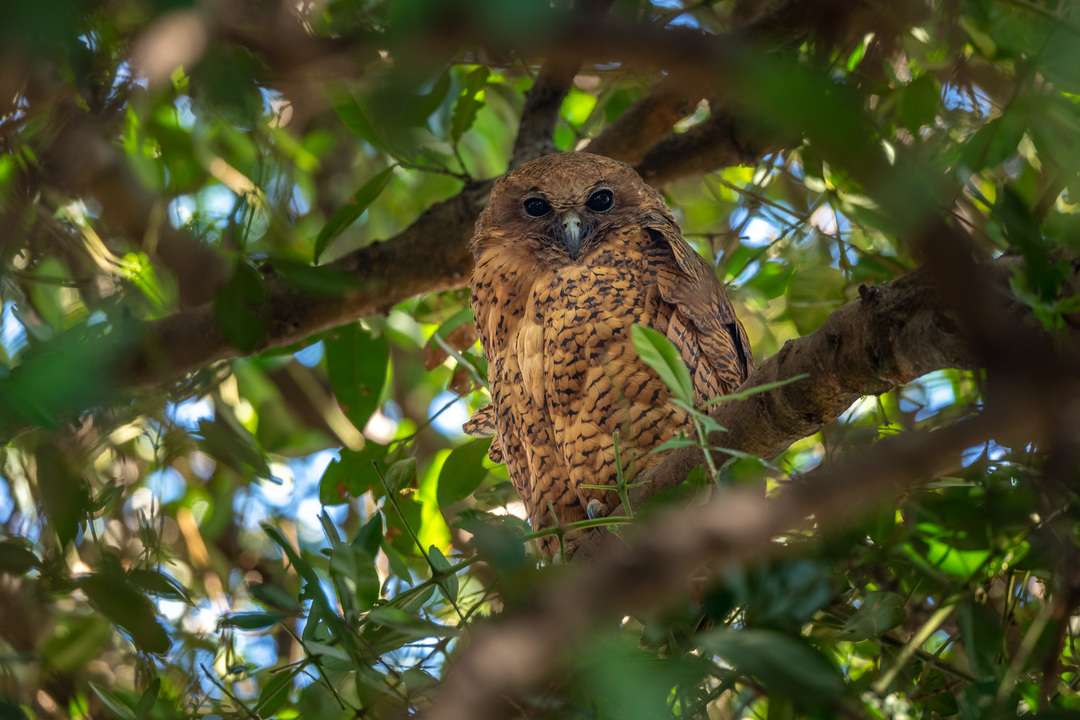
Southern red lechwe – an iconic species of the Okavango – are seen in abundance at our Delta and Linyanti camps. With their bodies well-adapted to navigating the channels, they are a great sighting to capture, especially when moving across wet floodplains or jumping across water channels.
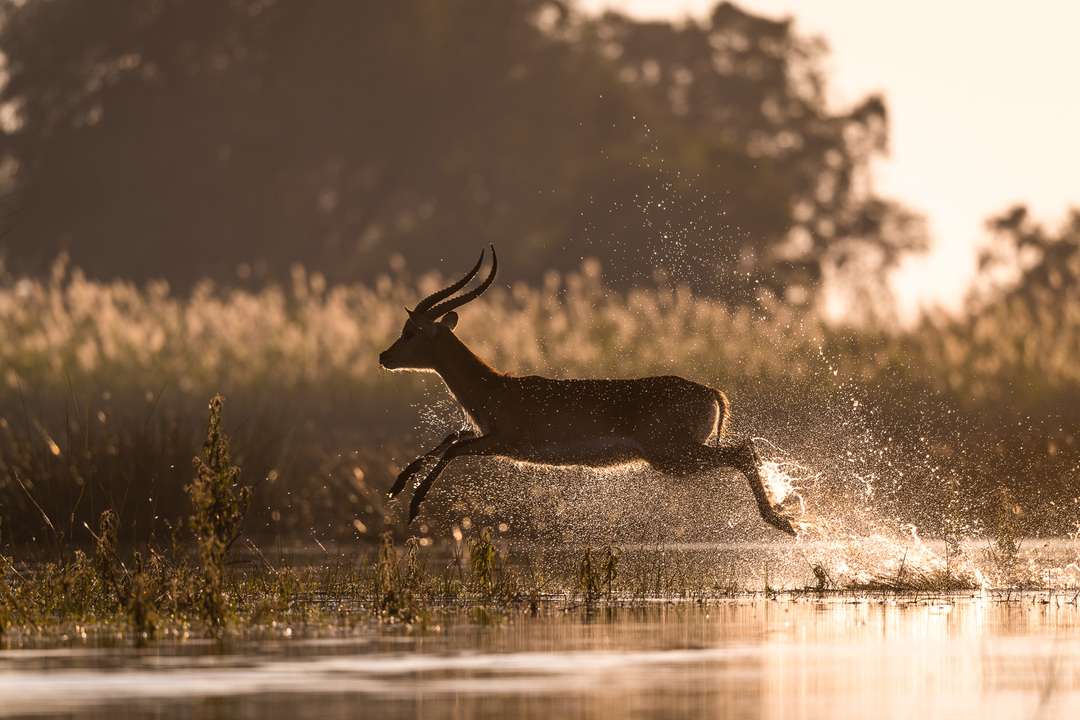
Lechwe movements, as depicted above, make for excellent photographic opportunities
A more rarely-seen antelope is the chestnut-coloured sitatunga, a species that is mostly active in the hours of morning, at dusk and at night. Due to the rarity of seeing a sitatunga, spotting one, even just briefly, is always a thrill.
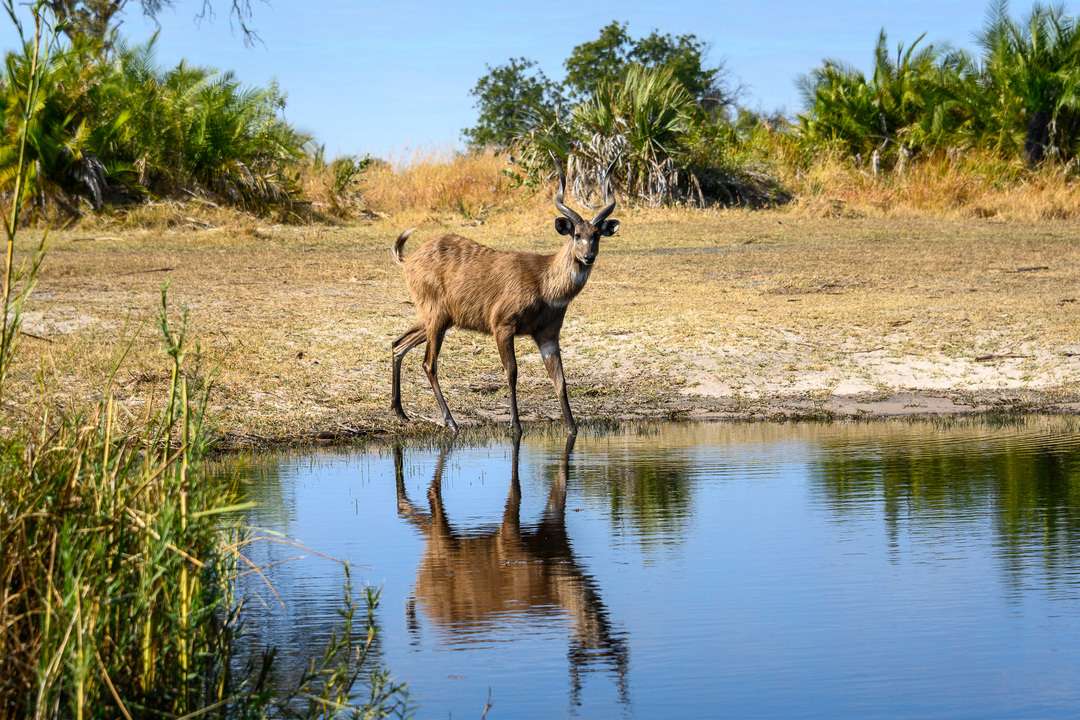
Moving onto the Central Kalahari, the five million-hectare Central Kalahari Game Reserve is one of the biggest protected areas in Africa, its diverse wildlife and wonderful scenery offering an amazing contrast to the rest of the country. The reserve is famed for vast herds of antelope followed by abundant predators – including the legendary black-maned Kalahari lions.
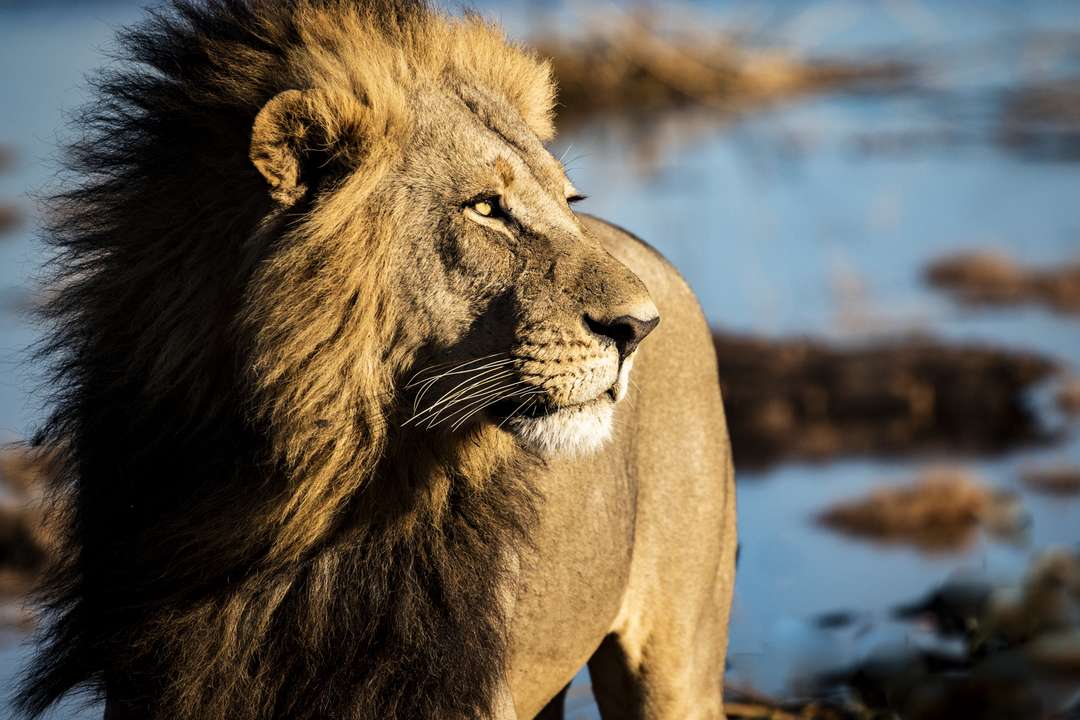
Otherworldly Wildlife: Namibia
Namibia, a country of astonishing contrasts, is aptly named after the Namib – the oldest desert on the planet, forming a sea of red sand along the Atlantic coastline. The country is celebrated for its vast open landscapes, infinite supply of blue skies, sun-drenched weather and star-filled nights.
Namibia’s many national parks and game reserves boast a huge variety of wildlife in a kaleidoscope of differing environments. One of the most iconic species of the area is the oryx or gemsbok, its tan, white and black coat and long, sharp horns are a formidable sight contrasted against the pale brown and red sand dunes of the desert.
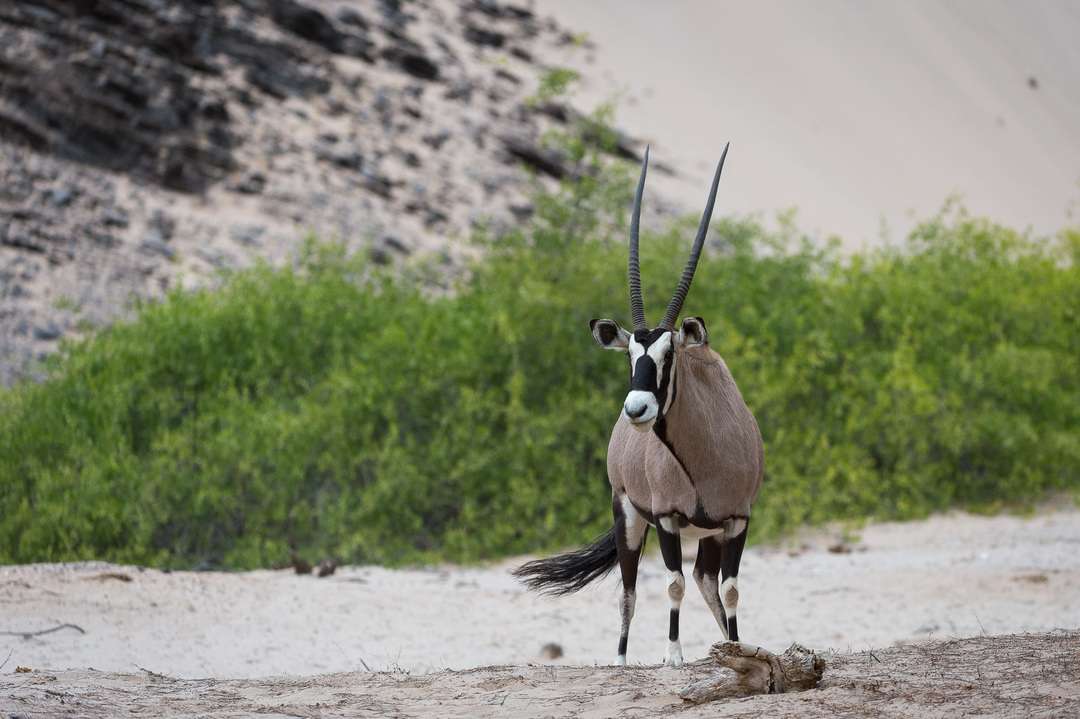
Other special sightings to seek out include cheetah, desert-adapted lion, southern (Angolan) giraffe, brown hyaena and aardwolf. Guests visiting Desert Rhino Camp have the unique opportunity to track black rhino by vehicle and then on foot in the company of armed guides and trackers from Save the Rhino Trust Namibia. By taking part in this activity, and indeed, just by staying at the camp, guests contribute towards the protection and conservation of this species.
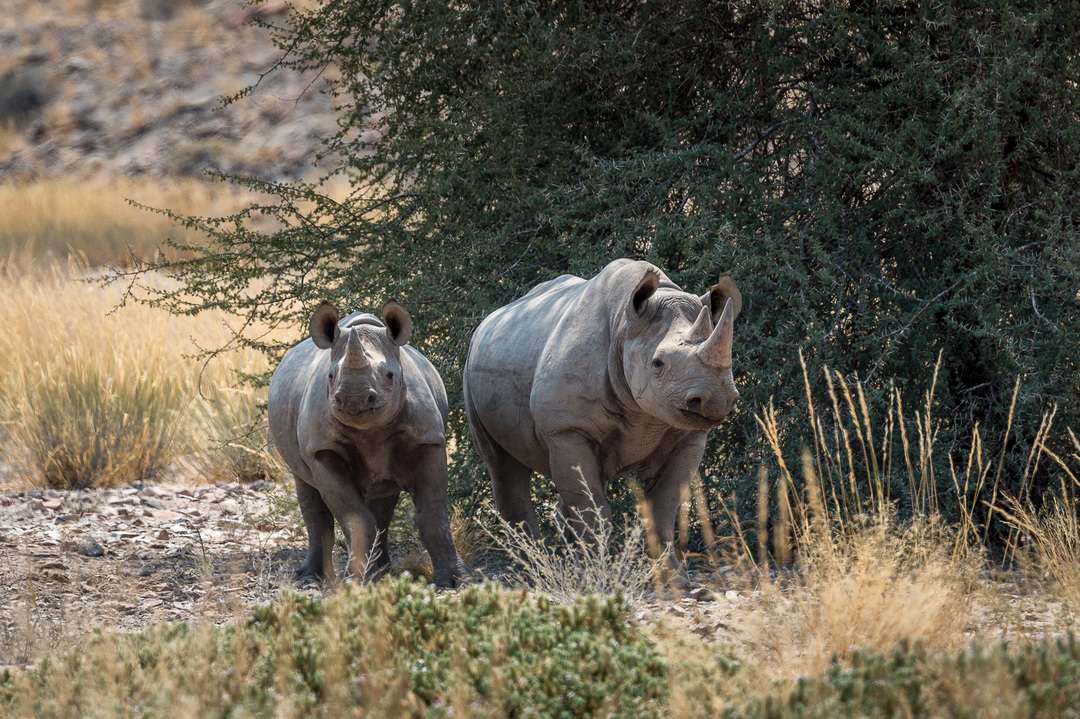
Researchers at Hoanib Skeleton Coast in northern Namibia are committed to conserving desert-adapted lion, brown hyaena and more




